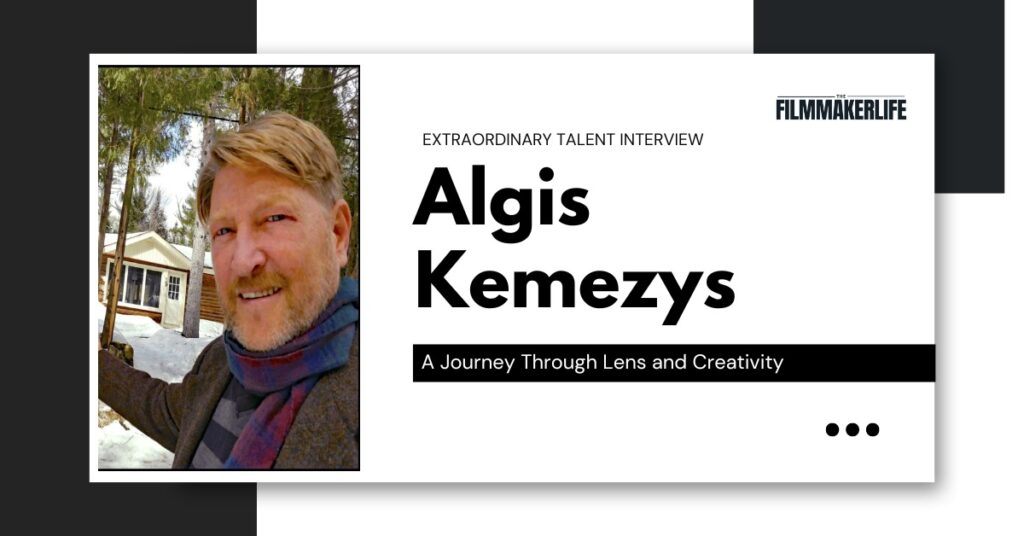
Algis Kemezys, a multi-talented artist whose journey began in the realm of painting, soon found his passion in the world of film and photography. From his humble beginnings in Maine to the bustling streets of Toronto, Kemezys has left an indelible mark on the world of cinema with his unique blend of creativity and experimentation. Join us as we delve into the life and career of this remarkable filmmaker.
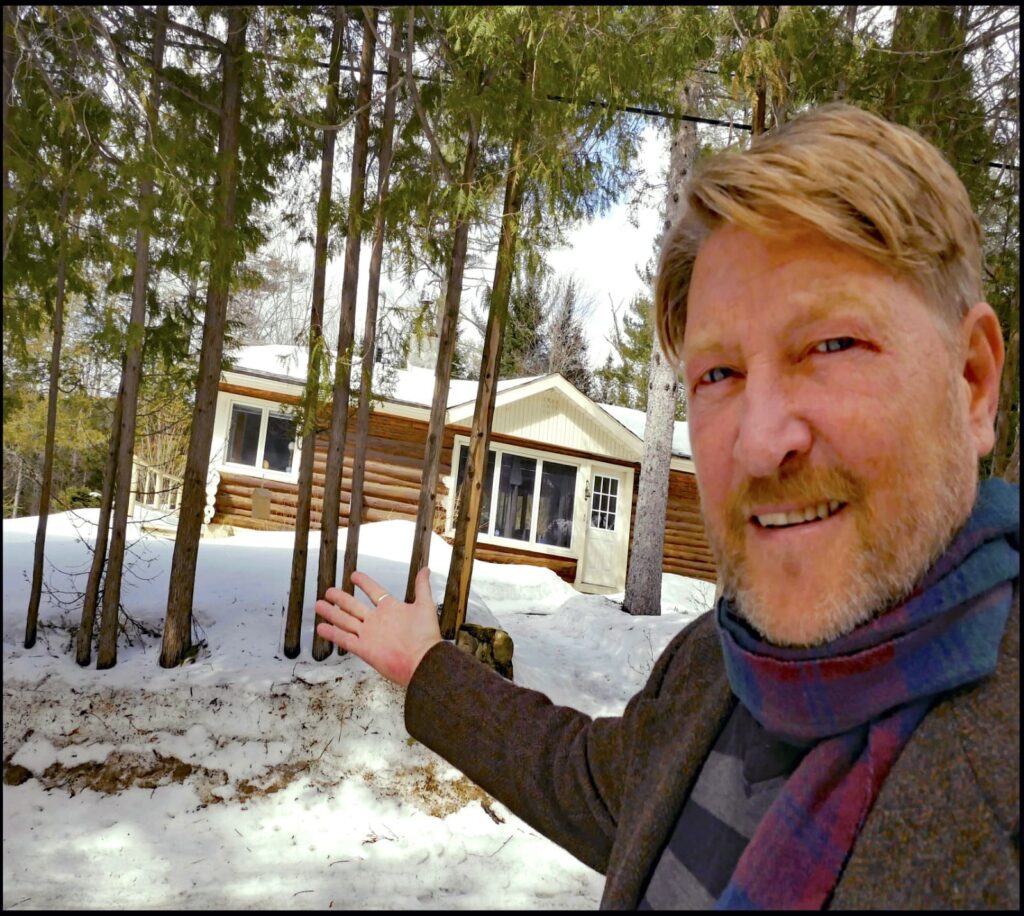
Your journey into the world of film and photography is quite eclectic, starting from painting to eventually becoming a celebrated filmmaker. How did your early experiences shape your artistic vision and influence your approach to filmmaking?
Yes, I started out painting at a young age but was never really satisfied with my paintings. So, I found myself being captivated by those taking photographs. Then Star Trek came along and I decided to pursue photography because it was a technological instrument. My father had both a camera and a Super 8 film camera so I decided to concentrate on these two processes. It took some time learning how to make good photographs and felt once I got that under control, I would be better at making moving images. I always felt a good photograph always had a story built into it so learning how to go from a still image to a moving one was a little bit intriguing. One thing is for sure that the more you practice your craft the better you become.
Eventually I read the book The Teaching of Don Juan by Carlos Castaneda and decided I had to learn how to see as the Shaman could. Then one day, going home from school, my friend asked me what I was planning to do for the summer? I simply said well, I am going to practice to learn how to see as the Mexican Indian Shaman can. This was later reinforced by Ansel Adams saying how you had to pre visualize your photographs. So, I started researching photography books and discovered Henri Cartier Bresson and Andre Kertesz, Berenice Abbott, Diane Arbus, W. Eugene Smith, Walker Evans, Martin Parr, Yousuf Karsh and Lizette Model.
You’ve mentioned being influenced by the likes of Berenice Abbott and Eugene Atget. Could you elaborate on how their work impacted your own artistic style, and how you’ve managed to carve out your own unique identity in the realm of visual storytelling?
Originally, I just wanted to be a photographer but growing up with National Geographic magazine made me gravitate toward that kind of work. Plus, my photography teacher highly recommended that as well. After traveling around the world to create my portfolio for NG, I arrived back in North America and my photography teacher Robert Lyons from MIT got ill and recommended I come back to Maine and take over his job with Berenice Abbott. Which is what I did.
Discovering the work of Berenice Abbott and Eugene Atget was just delightful for me in 1979. The purity of the images spoke volumes to me and I became influenced or under their spell for truth and clarity in a photograph.
Rediscovering Berenices work was really impressive because she had a variety of different portfolios which were all consummate to me that she didn’t have just one style or specialty. She was a visionary creator known as the Doyenne of Photography.
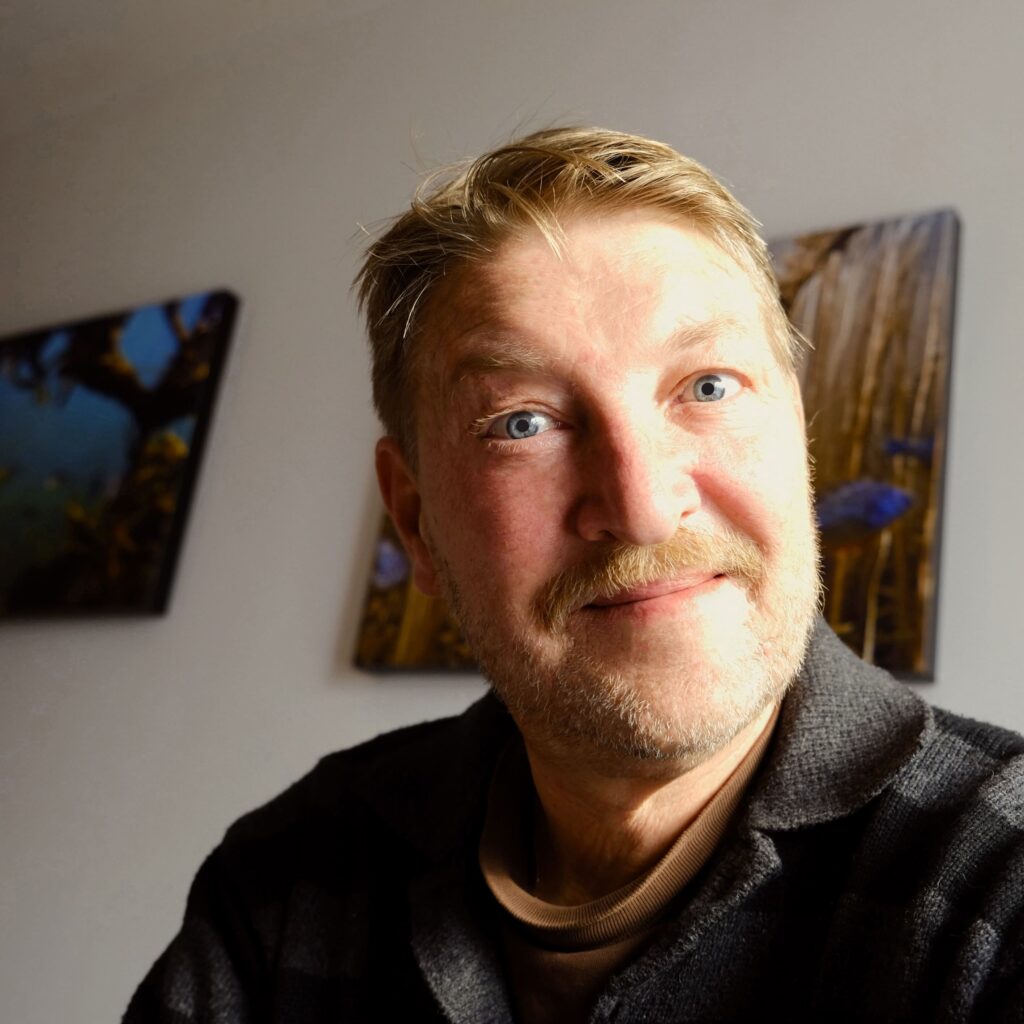
Upon discovering Eugene Atget through her, I saw the clarity of straight forward documentary Images that had a purity about their unpretentious beauty. I also liked discovering more about Man Ray who Berenice worked for in Paris in 1923 and I was intrigued with Man Ray’s creative style through manipulation and experimentation.
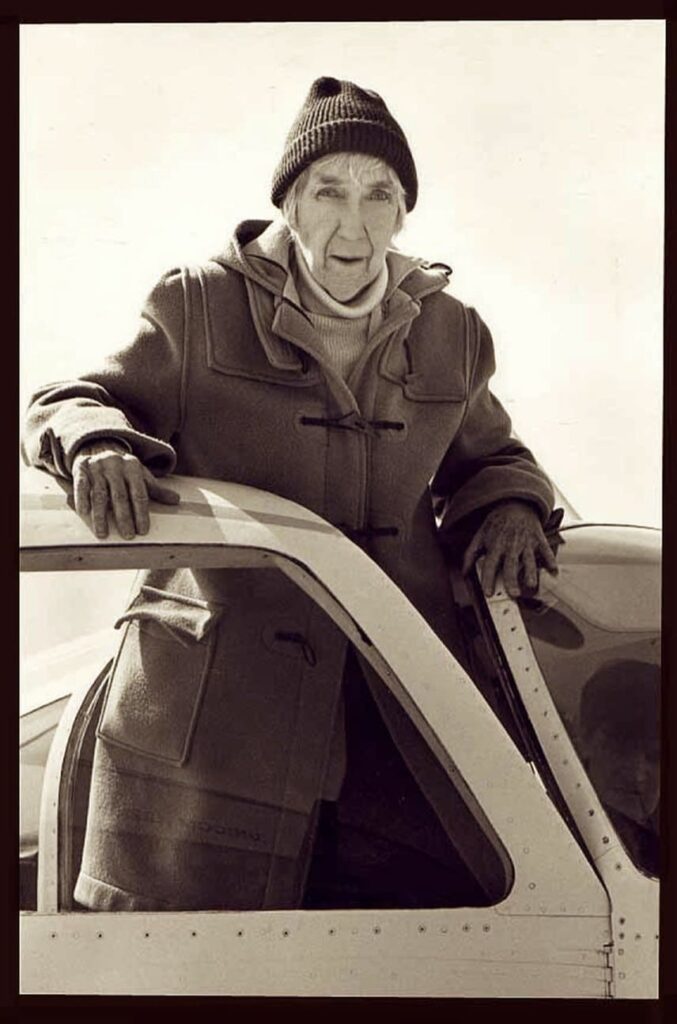
Moving from Maine to Montreal, and later to New York City and Toronto, you’ve experienced a variety of cultural influences. How have these diverse environments shaped your creative process and the themes explored in your films?
Moving from Maine to Montreal was a real cultural revolution for me. I felt like I was moving forward into a very sophisticated place of exquisite beauty. The arts were really thriving in Montreal and many artists were doing a variety of things. Acting, Painting, making Music & Films.
Everyone seemed innovative and was concerned with pushing the boundaries in the arts; so, this had a great influence on me! I also felt like my career had started there because Berenice started her Photography career in Paris working for Man Ray and discovering Eugene Atget.
So, although at that time I was following in the footsteps of Berenice Abbott, the spirit of pushing forward with a unique creative style became important to me. Modern Art had arrived and I wanted to be part of this movement. Then came the influence of Andy Warhol and his magazine called Interview. So, after a number of years in Montreal working for the Hollywood movies that were filmed there and doing my own art, my partner and I decided to move to NYC. Now NYC had a thriving art scene, so I decided I had to reinvent myself with a different style and manner.
Now my partner Byron Ayanoglu being a Playwright we became part of Audience Extras and we saw many Plays and Movies. You see, in High School I was a member of the Drama Club at Skowhegan Area High School and acted in many plays over the four years there and found I enjoyed acting very much as well. That time taught me things about directing, lighting, vocal enunciation in the manner of the character you were playing, blocking the scenes and costumes.
So, NYC was a catalyst for me to branch out and be the very best version I could be of myself through creativity in the now forming Multimedia World. Eventually after expanding my style from pure documentary, I wanted to be something more like the impressive Andy Warhol unique and always pushing the envelope. After some years in NYC, we decided to move to Toronto and it was in this city that I really took off as a creative individual. I decided to go to University and study Multi-Media at Ryerson University. It was also in Toronto where I had a job photographing for a weekly Magazine called NOW Magazine. I also managed to get cast as the lead role for a movie called The Civil Servant. I eventually met all the various Toronto artists through the magazine and found this was the best place for me because of all the opportunities there in the City.
Your transition from photography to filmmaking seems to have been a natural progression. How did your background in photography inform your approach to cinematography, and what unique elements do you believe photography brings to the art of filmmaking?
Over the years my creativity really became something I could thrive on. My photographic technique became more original and all the years of traveling and photographing in a variety of styles gave me much credence. It was in Toronto that I started making experimental videos and it just grew from there. It was because of learning how to see in so many different ways earlier that gave me great confidence with the camera.
I also found that I liked making moving images that acted as a Catalyst for further interest in the area of movie making. Along the way I met many folks who were just cinematographers and I wondered how they ever got good at it when they were never really photographers. At one point I was called a modern-day Henri Cartier Bresson with multiple levels of perception by Popular Photography Magazine. I also found that I had the ability to film things with a hand-held camera. It was thrilling to be able to film a scene and move around while doing that so the scenes were alive and full of energy as opposed to always having the camera be in one spot except for dolly shots which are always good. I suppose I just felt you achieve more from a scene if you can move around while filming which was a thrilling and titillating experience for me. It is certainly a skill that many folks cannot achieve but I was a cowboy and refused to be upstaged because of my mentor’s faith in me.. So, the 15 years of making stills in a variety of ways around the world gave back to me a skill that was very satisfying and gratifying.
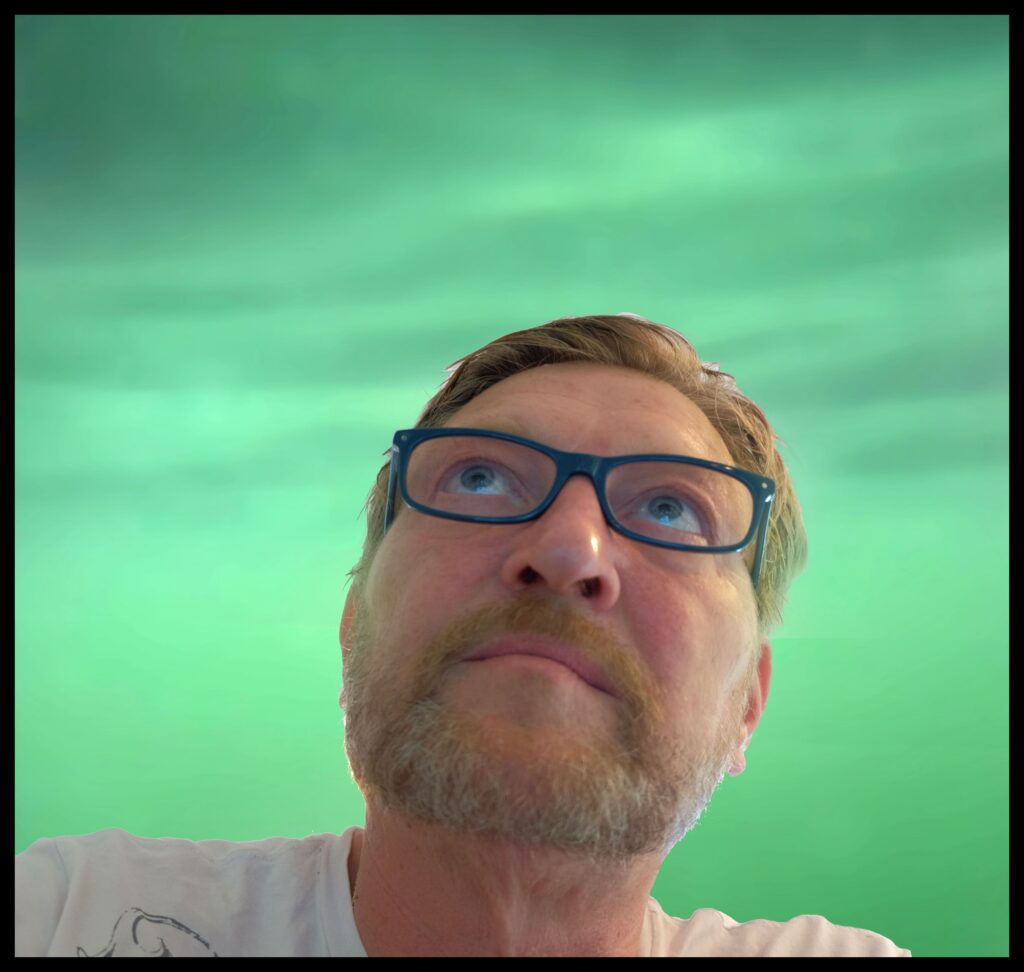
“The Messenger Hermes Remembers” and “My Fishy Friend” have garnered critical acclaim worldwide, earning you numerous awards. Could you share the inspiration behind these films and the creative process involved in bringing them to life?
Most of my movies come from my own experiences or interests in life. I always liked Hermes the Greek God. My husband was Greek and his father had a printing shop called Hermes. So eventually I decided to play him because we went to Greece so often and I knew all the places I wanted to film scenes in.
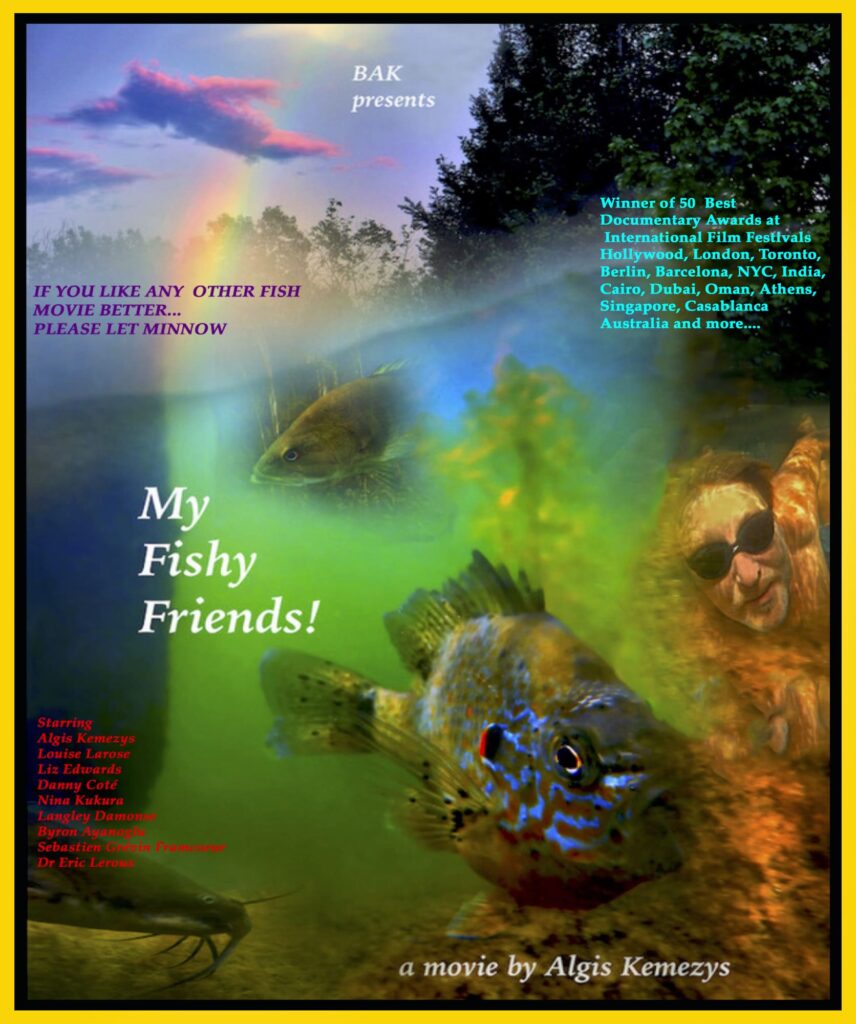
My husband was also a real swimming enthusiast. We would spend summers in the Laurentians and one summer 25 years ago I was introduced to feeding the fish. So, I just kept trying to be fish friendly over the years. Later we spent 5 years in one town and it was there I became really good friends with all of the fish and learned many things. When my partner died, I stayed on here and continued doing my thing with the fish then decided to make a movie about this experience.
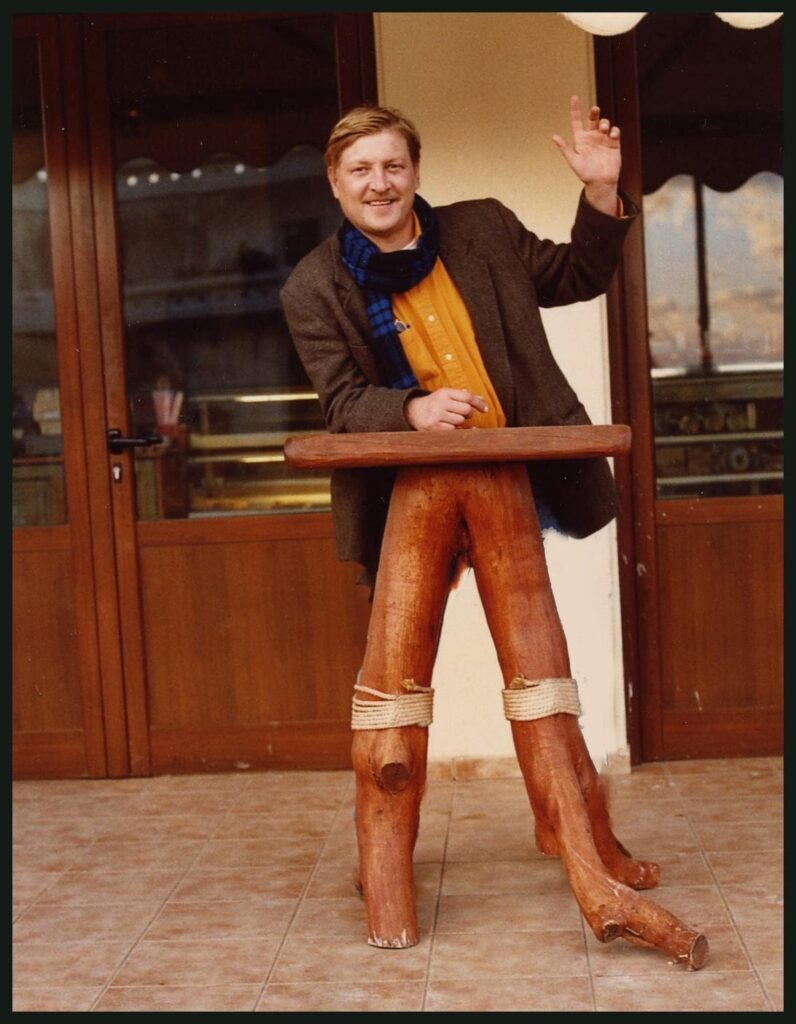
Your involvement in various aspects of filmmaking, from directing to acting, sets you apart as a true auteur. How do you balance these multiple roles, and do you find one aspect of filmmaking more fulfilling than the others?
Yes, it took me forty years to get all the skills I needed to be a competent Movie maker. For me, although it takes a lot of energy and skill to do mostly everything yourself, I can and have enjoyed facilitating these skills. My greatest loss is having lost my husband Byron who had read almost every major Greek book from Philosophic to many of today’s finer novels. Losing him was like losing the Alexandria Library of knowledge. Losing his talented writing skills and knowledge is just so sad and frustrating for me. Otherwise, I think in today’s world has accelerated movie making for any who wishes to create a motion picture and because of this the boundaries of artistic practice will thrive and move forward because of these circumstances.
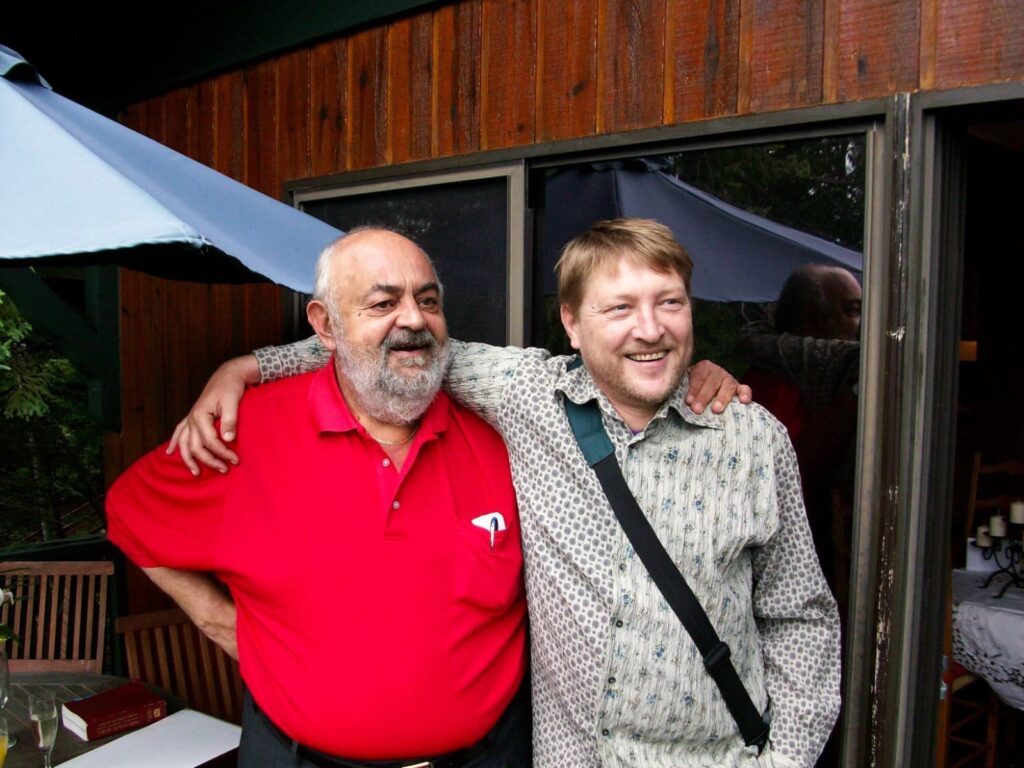
Your encounters with industry professionals such as Walter Lassally and Film Festival Directors have been pivotal in your journey. How have these relationships influenced your growth as a filmmaker, and what advice would you give to aspiring filmmakers based on your experiences?
Well, the two gentlemen who made an immense impact on my life were Dimitri Eipides then Walter Lassally. Dimitri ran a few Festivals in Greece and Montreal, Canada. He eventually worked for TIFF in Toronto. He would stay at my house when in town and we always had good conversations that were inspiring to me. I would tell him about my various projects and he would give me good suggestions for achieving those ideas. In the beginning I thought it was better sticking with Documentaries because I could make them because these were subjects I was keenly interested in. Making a Fiction film is a lot more costly so I had to be careful.
Now Walter Lassally the Oscar winning Cinematographer /DOPfor Zorba the Greek was the man who after watching my movie called Mimetolith’s cried Eureka for my camera work and he just accepted me because of that fact. So, he agreed to collaborate with me because I wanted to do a Documentary about him. In my movie called Masterclass with Walter Lassally, Walter in one scene with a psychologist talks about seeing my first feature movie and upon watching it said he knew this guy was a naturally gifted Cinematographer. He felt that many new Directors and Cinematographers just put the person in the scene around the middle and filmed. Where Walter was like me, deciding on an interesting POV. Walter was also a photographer and that’s why I felt he was so excellent. We also really got along trsuted wonderfully and spent many hours discussing movies with him postulating ideas for Masterclass. He was a real charismatic person in life and in front of the camera because he trusted me completely.
Eventually, I lost my best movie making buddy when he passed away several years later. Then Dimitri Passed a few years later and then my Husband. May these creative Gentlemen RIP knowing they personally helped in creating me.
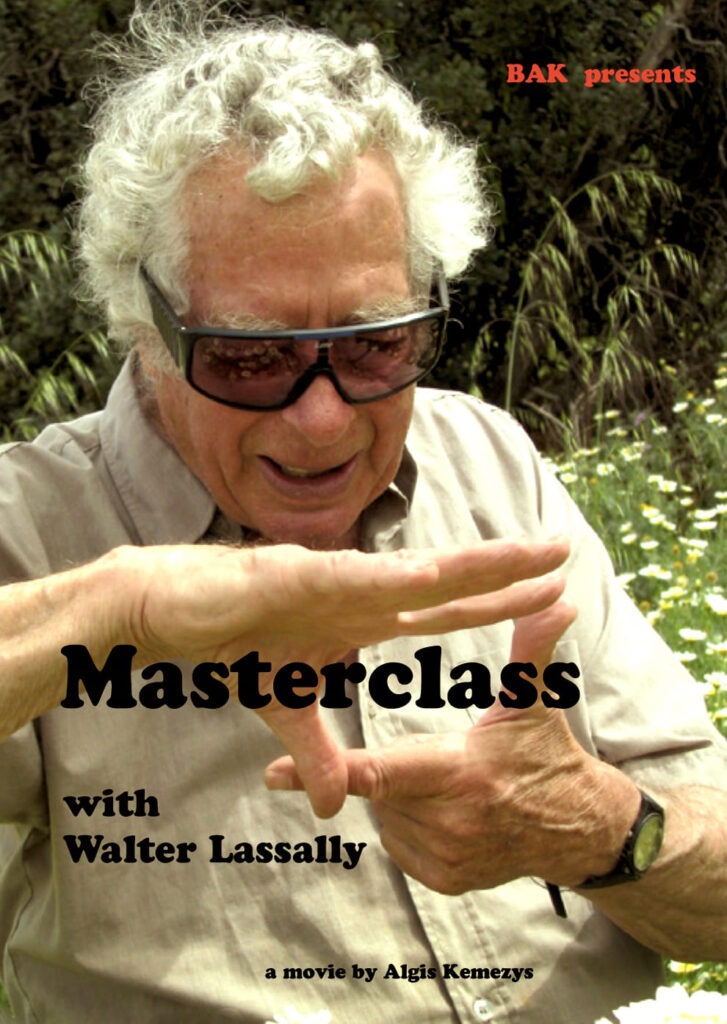
Your films often blend elements of personal experience with broader themes. How do you navigate the line between autobiography and fiction in your storytelling, and what do you hope audiences take away from your films?
So far all of my movies have been related to my personal love of various situations pertaining to my life’s interests and personal activities.
Reading a number of the right books while on location also added to my creative development. I believe in synchronicity and when you have this concept all the good energy and information comes back to you in some form that is really essential in your development.
It’s also part of being a Dowser so that personal interests will bring the information to you in a variety of situations or experiences. Like chance meetings with an interesting soul who helps you generate or formulate your concept in the best possible manner because of their genuine understanding of the subject. I always hope that my movies give the viewer a unique vision and experience that actually happened and they get to expand their horizons from a real person having gone through the experience first for a number of years and then created a movie about it.
The advent of digital technology has democratized filmmaking to a large extent. How do you view the evolution of technology in the industry, and what opportunities and challenges do you think it presents for emerging filmmakers?
Well, the digital revolution allowed me to create and make movies. Since the early 70ies I have slowly learned all the aspects of movie making. It takes a considerable amount of time to get competent with all the skills needed for movie making. Fortunately, everything changed for the better and this allowed individuals to make their own movies. All the information is out there online and you can find answers easier than ever before about every aspect of movie making.
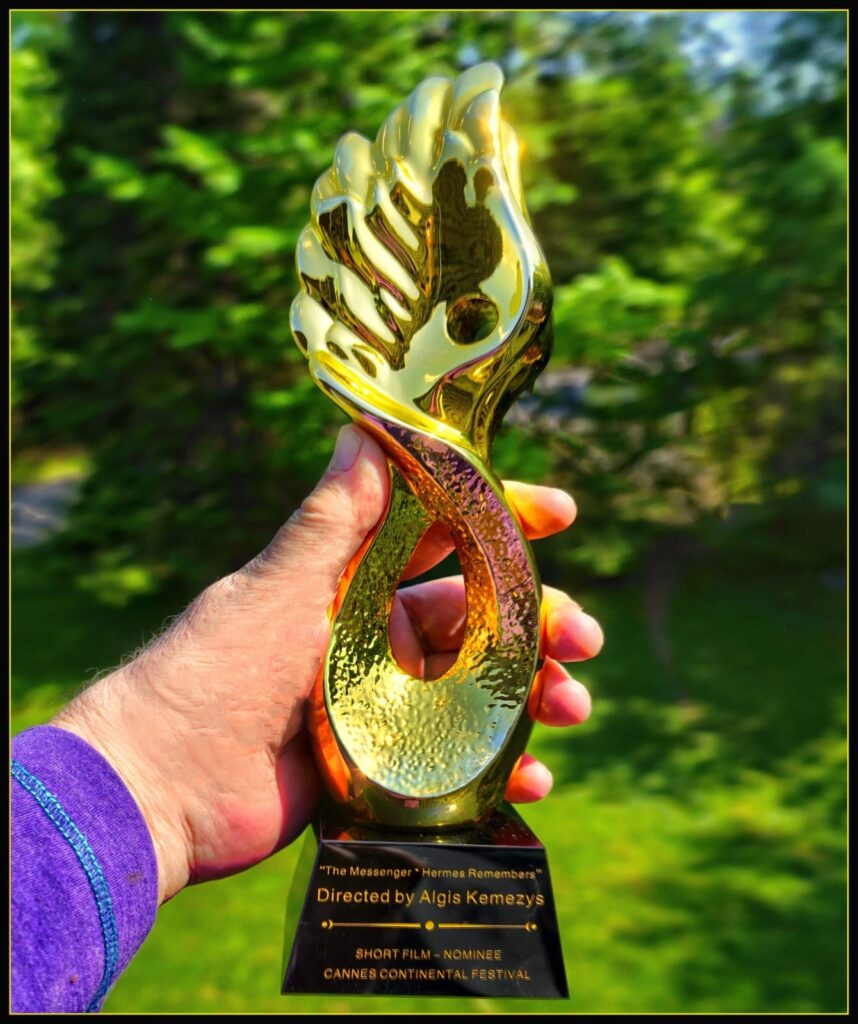
Looking ahead, what projects are you currently working on, and what aspirations do you have for the future of your filmmaking career?
My next project that I would like to work on is either one of my husband’s novels like “Crete on the Half Shell” or “Maria and he Muses” pertaining to the muses of Ancient Greece and what happened to them in human form during their last incarnations.
The other idea I want to work on is Holy Cow. I grew up taking care of cows and connected with them. Then all my life I had special situations happen to me around cows. I eventually went to India and photographed the Holy Cow there during 5 separate trips. I discovered that cows could read my mind. So, I have a wealth of stories and situations about them and me beside other places as well. I learned about so many aspects pertaining to them in India so I have a wealth of material to make my movie with. The most delightful aspect is that Lord Krishna grew up friendly towards the cows and I grew up caring for them as well.
One of my current difficulties is that in 1995 I was in Benares, India on Christmas Day working on my Holy Cow photographs and I got run over by a car in the middle of the crowded street festivities near to the sacred Ganges River. I couldn’t even jump out of the way and simply surrendered to it, knowing I would die here in this ancient Holy City working on my beloved project Holy Cow!
Then a miracle happened and I did not die but was brought to the hospital where I thought if I did not die out there, I would certainly die here because of all the blood I saw around me. In the end I only had a cracked rib and a number of tears and bruises besides a very throbbing and painful shoulder.
Afterwards, the Hindus then brought me to the biggest Newspaper in the City, which published 12,000,000 copies a day and put me on the Front Cover as the Official Christmas Miracle. They said this was because their Lord Shiva saved my life because I was there working for the sacred Cow and Shiva gave me back my life because of my Holy endeavor. Since those days and my big concussion from it, my memory is much slower than what it was. Nonetheless I am still here and after almost dying a dozen times in my life over the years I still hope to move forward. Amen.
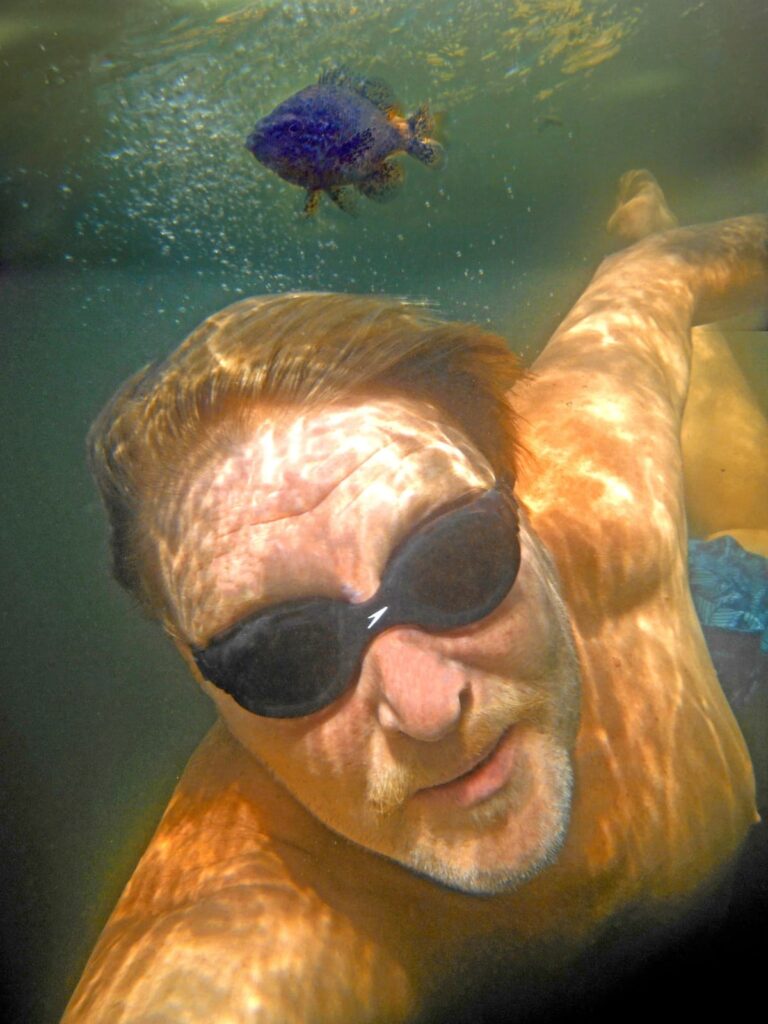
Algis Kemezys, a true visionary whose artistic journey continues to evolve, reminds us of the transformative power of storytelling and the endless possibilities of the cinematic medium. With each film, he invites us into his world, weaving together threads of imagination, emotion, and reality to create unforgettable cinematic experiences.
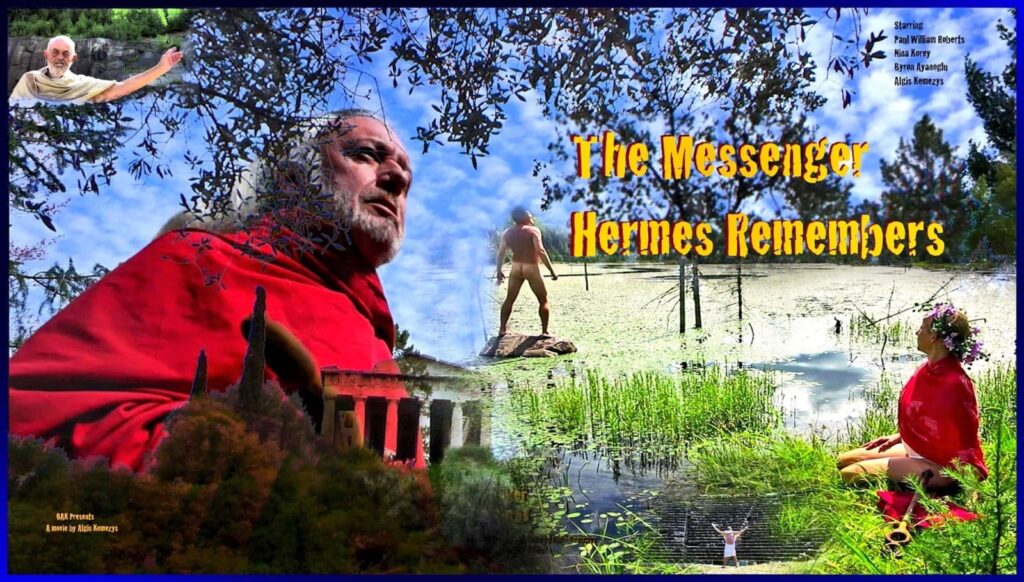

FilmmakerLife is proud to be a global team of dedicated professionals who are passionate about the world of filmmaking.